As we all know, only two variants of the Boeing 727 were produced. The -200 was (by far) the most successful version of this aircraft with over 1245 units sold. Then of course there was the -100, which was the smaller variant to compete against similar-sized aircraft from other manufactures. It wasn’t as popular as the -200, but it sold well (407 total). But what about the Boeing 727-300? Wasn’t that supposed to be a thing as well?
For those of you who don’t like reading, here’s the video version of what I’m about to explain below.
I originally created this for my SANspotter brand (which is why it’s hosted on my SANspotter YouTube channel) – but decided that it probably makes more sense to be posted here on Norebbo.com instead.
First of all, what ever happened to the original Boeing 727-300 concept?
The Boeing 727-300 was an actual design proposal formulated way back in 1972 in conjunction with United Airlines and Indian Airlines. The intention to increase the size of the -200 model to accommodate up to 180 seats, and with the explosion of air travel early 1970s, this came very close to being pushed through development and into production. However, neither airline committed to ordering the aircraft, and the project was canceled in 1976.
And believe it or not, there was actually a -400 model proposed as well. Ultimately, that design proposal evolved into the 757 concept, thus driving a stake right through the heart of the 727 program.
Coming up with my own concept for what the 727 might look like if it were produced today
Since the 727-300 was never produced, I figured it would be fun to take a crack at designing what a next-generation version of the 727 would look like. To be honest, I didn’t know what to call it at first, but I figured that giving it a -300 designation made the most sense since that’s where the legacy of this aircraft ended back in 1984.
A quick disclaimer before proceeding: I’m not an engineer, but I do have a really annoying knack for not being able to leave perfectly good things alone. Combine that with some decent 3d modeling and Photoshop skills, and…well…my sincerest apologies to Boeing for what I’m about to do to their beloved 727.
Those of you who have been following me know that this isn’t my first rodeo. I’ve already made a post about the Boeing 757 replacement. I even made a 797 concept based on the 787, and since I haven’t received any credible death threats yet, I assume that means that I’m good to go to start hacking up another perfectly good airplane.
Step 1: Evaluating the current design
Taking a look at the existing 727, and you can see that it was a beautifully designed airplane that was very much ahead of its time.
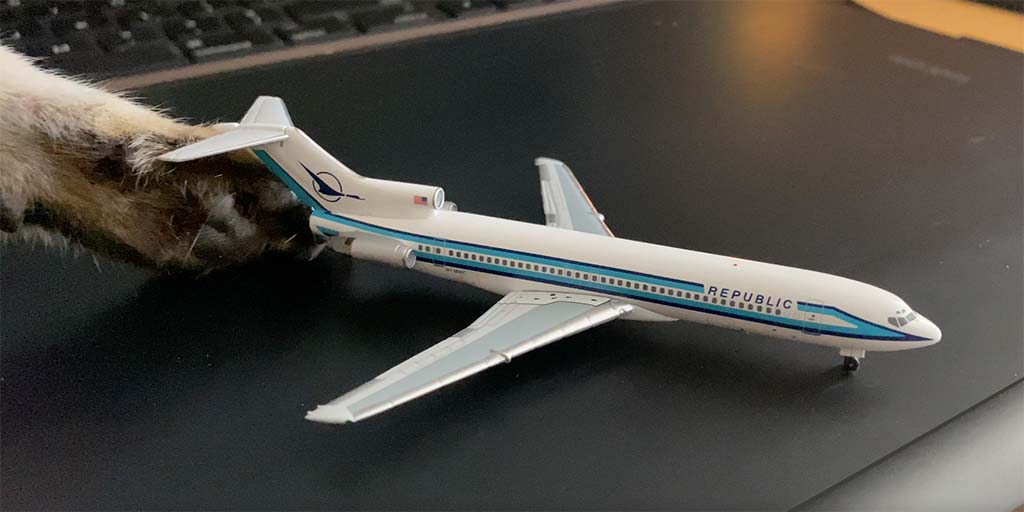
Think about what cars looked like from that era. This is nothing like what Studebaker and Edsel were producing at that time. I’m not saying Boeing engineers were into mind-altering substances or anything but…whatever it was they were consuming, that stuff must have been good.
From the sharp rake of the wings to the blended engine into the vertical stabilizer, it’s really hard for me to think of ways in which this design could be modified to bring it up to modern standards.
This is gonna be a challenge…
Step 2: Designing an all-new wing
The first thing to tackle in this Boeing 727 redesign process is the wings. As I mentioned earlier, I very much like the swept-back look of the wings already. However, there ain’t no way I’m going to miss an opportunity to rearrange and deform some polygons.
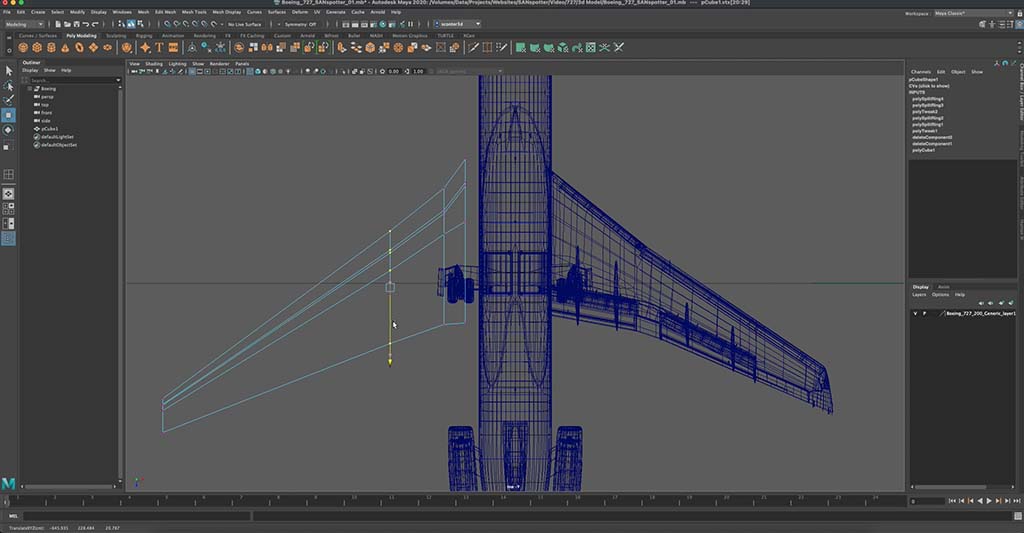
Bigger wings may or may not make a difference in efficiency and performance with this existing airframe, but its content for this article, and besides:
It’s fun to think of all the aerospace engineers holding their head in absolute horror as they’re watching this. Its okay though, because I’d be doing the same to them if they tried to put together a decent airline review.
I decided to go with a split-scimitar winglet, as opposed to a seamless blended design like I did on my 757-8 concept.
My hope is that you’ll find this so incredibly good-looking that it takes your mind off of my horribly-botched pronunciation of “scimitar” in the video I posted above.
Step 3: Eliminating the center engine (*gasp*)
Next up in this Boeing 727 modernization is the tail section. Now, this is where things start getting serious, and some might say that this is where this becomes more of a hack job than a redesign.
Why? Well, with engine technology being what it is these days, I have reason to assume that the center engine wouldn’t be necessary on a modern 727. Two engines ought to do the job just fine.
I know! That center engine was one of the elements which made a 727 a 727, and by removing it, is this really a 727 anymore? That’s a question that I don’t have a clear answer for, so I’m going to press on and ignore it.
Of course this means completely redesigning the vertical stabilizer as well. Which also means reshaping the tail cone. Which likely also means that at least one of you is yelling obscenities at me as I do this. It’s ok. I totally deserve it.
Other than how it attaches to the fuselage, I’m not going to do much to the existing shape of the vertical stabilizer.
I quite like how the original design looked. It was just as sleek as the wings, and there’s no reason to make you hate me more than you already do.
I also figured it was worth reshaping the horizontal stabilizer a bit. I’m making it longer, for no reason other than just trying to make it fit the shape of the redesigned vertical stabilizer better.
Step 4: All-new engines
How you doing so far? Are you still with me? I guess if you managed to get though my elimination of the #2 engine in the last section, the rest of this is gonna be cake.
The last big element to tackle on this Boeing 727 redesign is (are?) the engines. Truthfully, there’s so much I could have done with this.
From eliminating the side-mounted engines altogether and enlarging the center one, to adding multiple engines to each side, the possibilities were interesting.
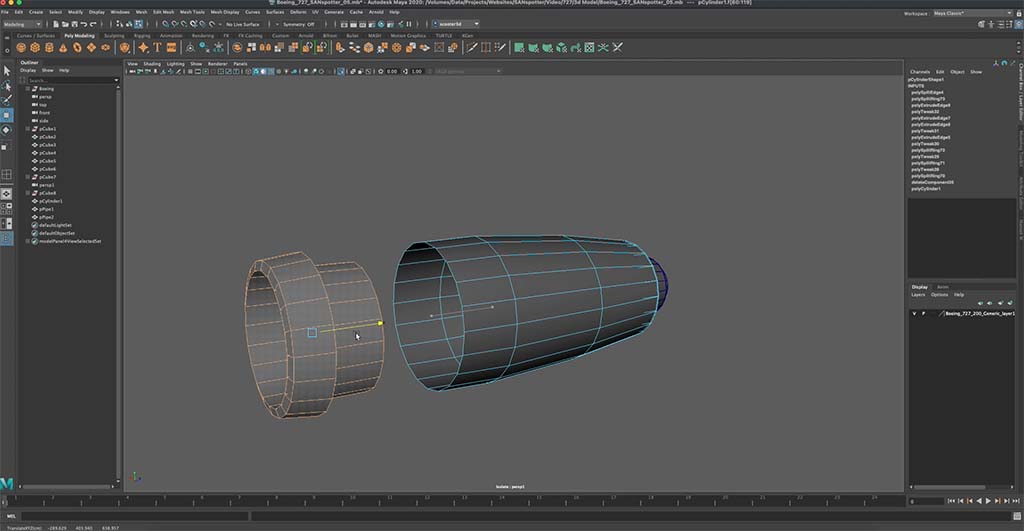
Again, I’m not an engineer, so I can’t tell you exactly how power much these new engines will produce. Let’s just say:
- 10,000hp
- 12,000 lb/ft of torque
- 1 terabyte of ram (I dunno…)
Finally, as far as the other little details go, there’s really nothing else worth mentioning. I’m not going to do anything with the nose cone or landing gear, primarily because I feel as if I’ve done too much already with the elimination of the #2 engine and it’s borderline not even a 727 anymore.
Introducing the all-new 727-300!
In the video you saw above, I never went as far as calling this a -300. However, shortly after publishing it, I had a moment of clarity and decided that it was probably the most logical name for it.
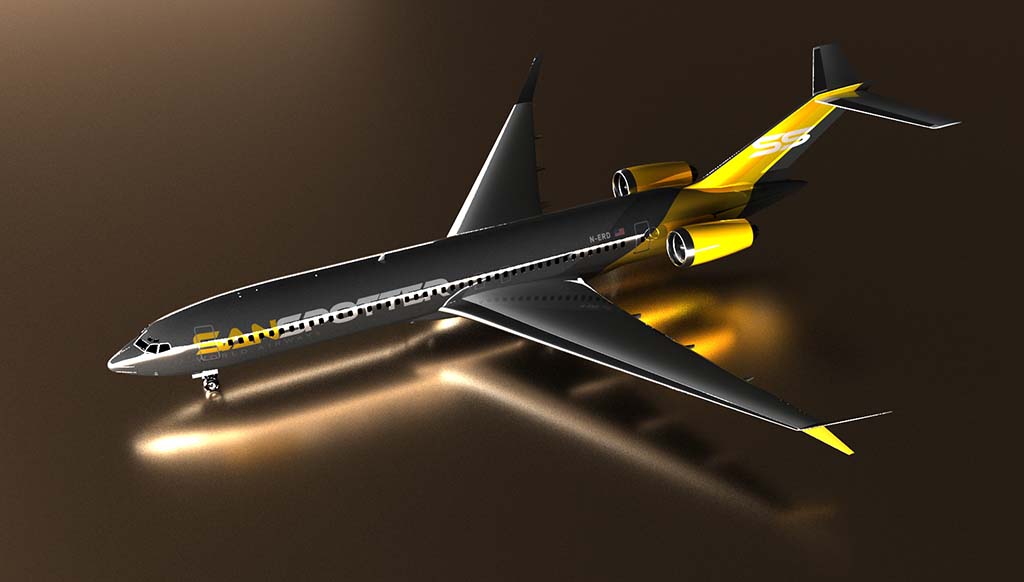
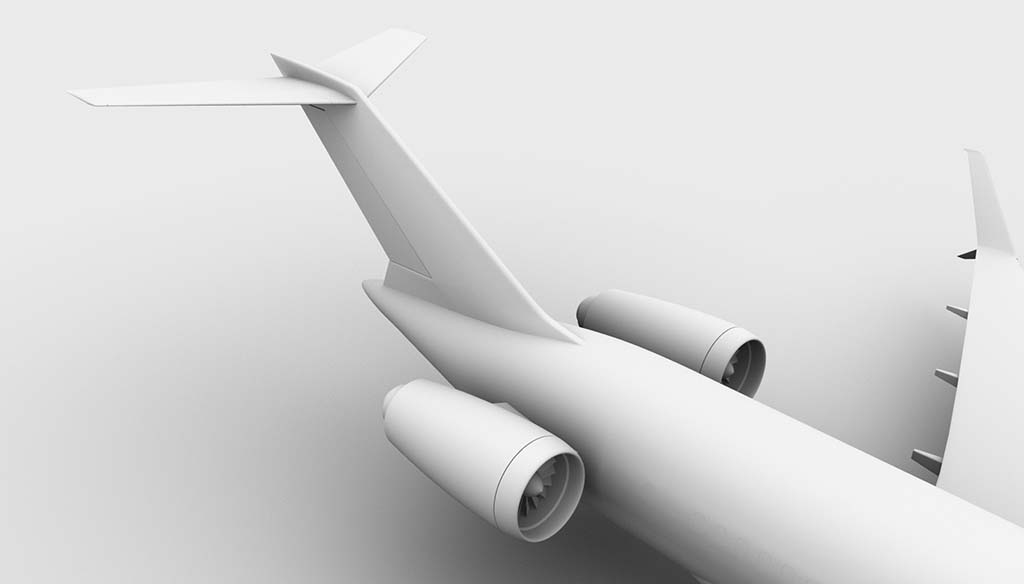
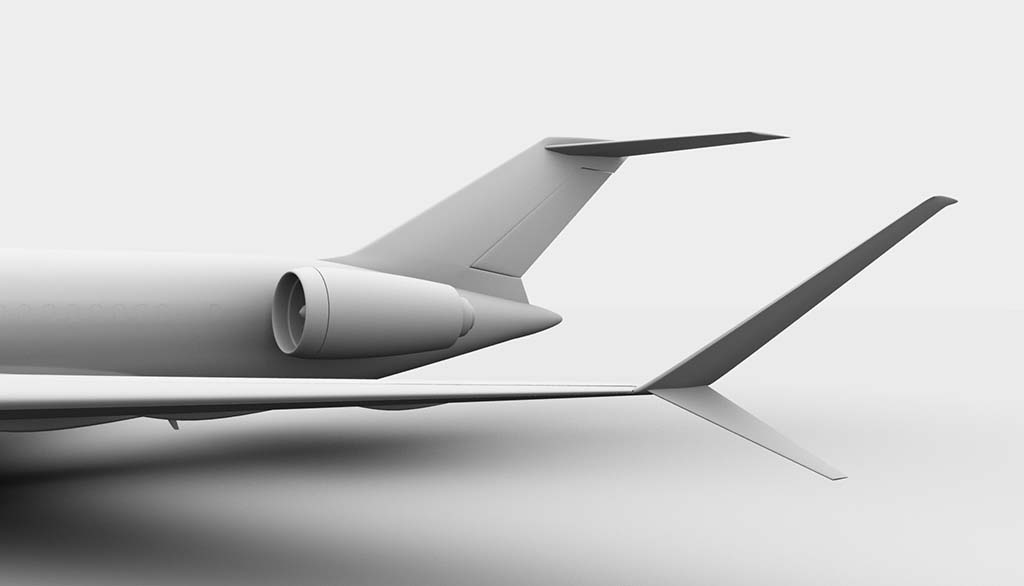
And just so you know, I do realize that Boeing would never put the 727 (or anything based on the original design) back into production. It’s just a fun idea to kick around while I wait for the pandemic to be over so I can return to the skies.

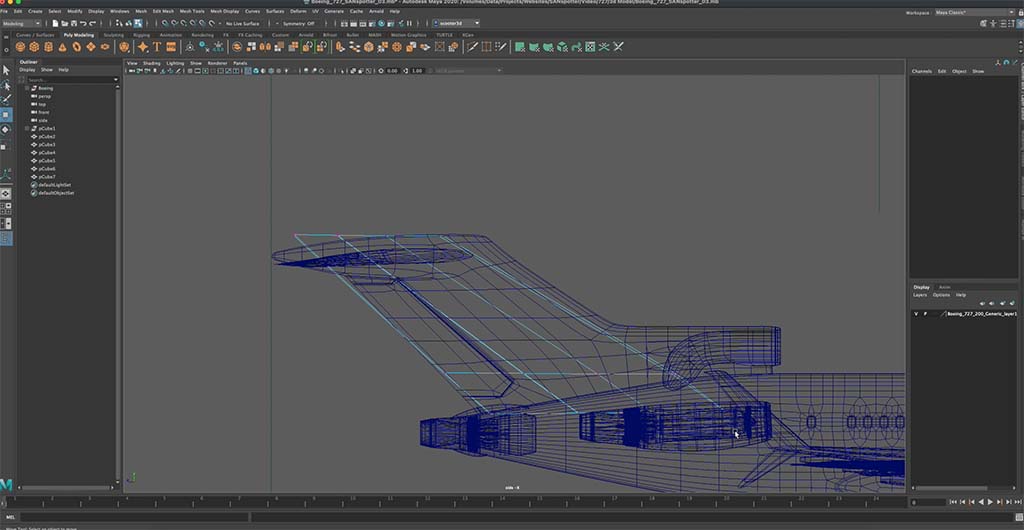
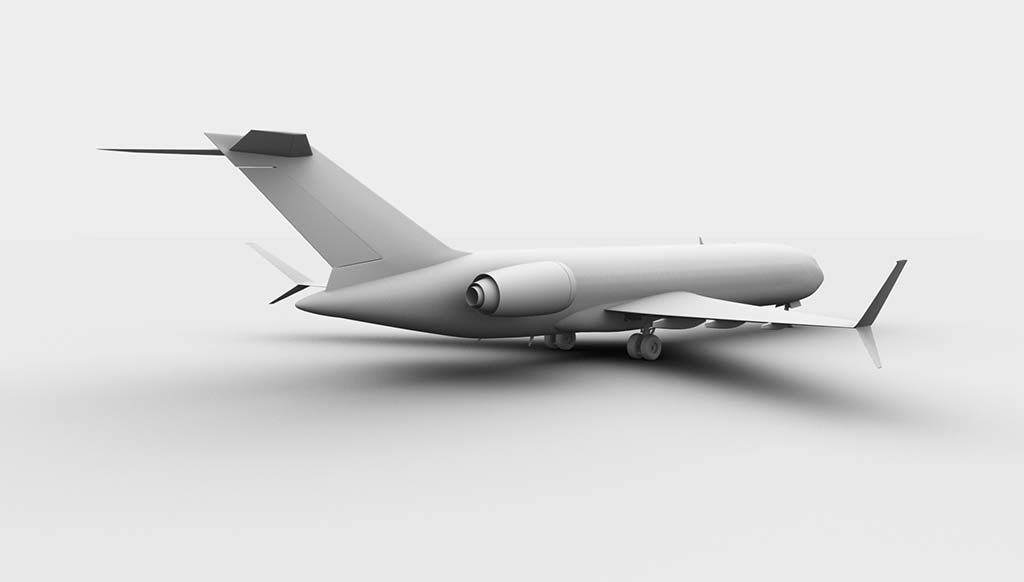
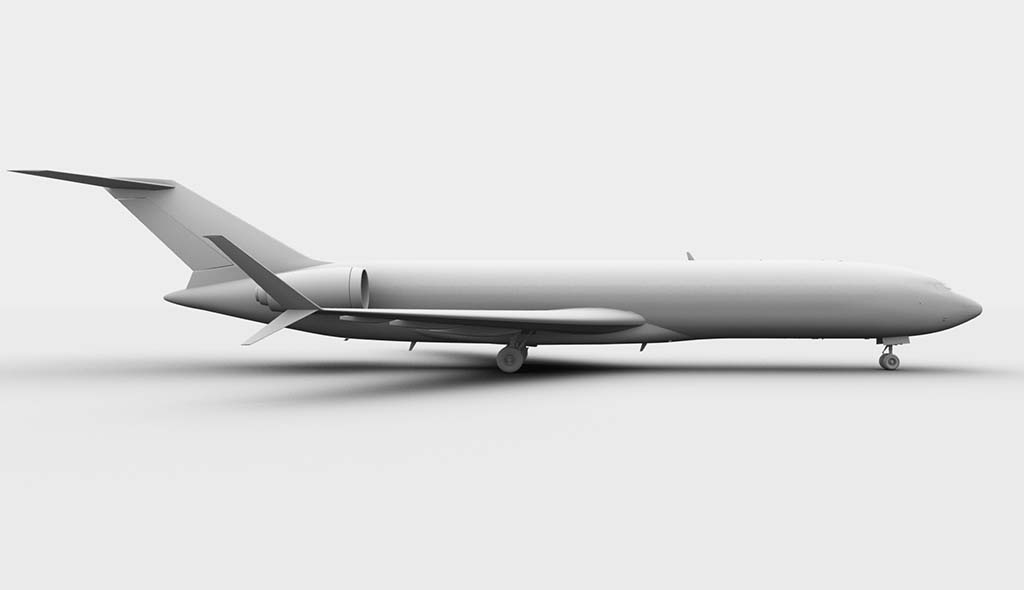

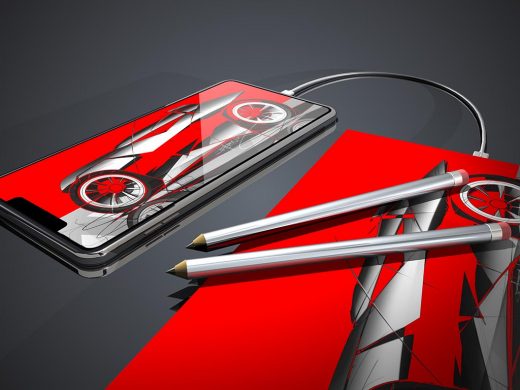
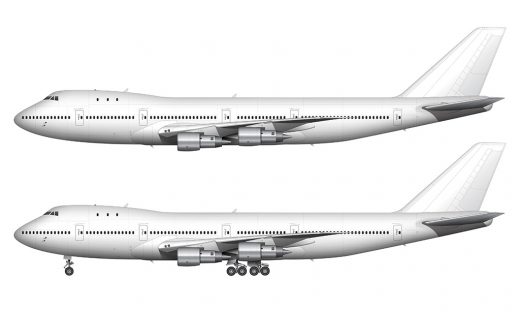
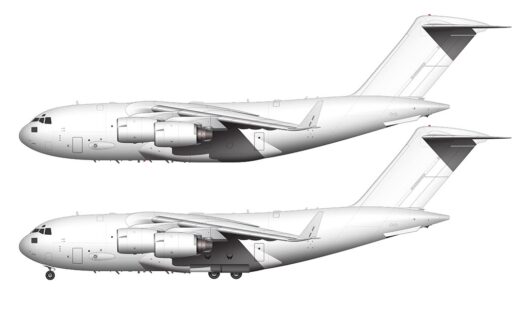
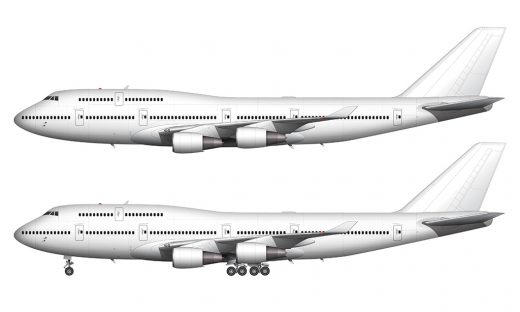
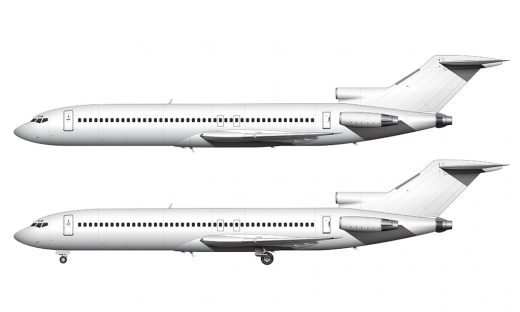

Kind of looks like a cross between a Mad Dog and a LearJet – very snazzy
Thanks Loren! And thank you for not blasting me because I eliminated the center engine. 🙂
Really enjoyed the 727-300 conversation. Was there a prototype?
Will search through my old Boeing book to find anything. Thanks.
Glad you enjoyed it! I don’t think there was a prototype, but do let me know if you find anything. I’d love to know!
I am, (and HAVE been) exploring this very concept for decades using 2 ea. CFM56-5 B1 engines @ 30,000 lbs. thrust each. (X 2 = 60,000). Wt. being 5250 lbs. each (X 2 = 10,500 lbs. total.) To replace 3 ea. JT8D engines @ 18,500 lbs. thrust, (X 3 = 55,500 lbs. thrust total). Wt. = 4741 lbs. (X 3 = 14,223 lbs. total.) Total thrust gain: 5,500 lbs. Total engine weight loss: 3723 lbs.
How about to replace the engine 2 with any “ ornament “ in order to keep the beauty shape of the glorious 727? Anyway, love the 727ND (new dream)
That’s a good idea – maybe it could be made into some sort of aerodynamic element that increases overall efficiency in some way. I’m not an engineer though, so it’s probably wishful thinking lol.
Ok, first of all, I agree that the 727 is a beautiful design and ahead of its time. It just looks so sleek and sporty, and is by far the best looking narrowbody ever. OK, well, the DC-8-60 is up there as well.
As for the 727-300, it looks great as well (even with the removal of the #2 engine), and that livery is fantastic (really like the registration as well, haha). However, I don’t think this plane would be so successful. The reason for that is that this is just a T-tailed 737 MAX (basically), and the reason all planes look boring nowadays is because T-tail designs just aren’t needed anymore.
In the days of the 727 and DC-9, semi-prepared airfields were still common, so the engines were placed higher up to avoid FOD and be able to manually load baggage. Nowadays, airports are well-prepared and have better equipment, making T-tails unnecessary. Additionally, the under-wing engine placement is better for an aircraft. It places the engines close to the Center of Gravity and reduces the distance of fuel transferred inside the airframe.
So this would be a niche aircraft, which most airlines don’t really like. You probably won’t be seeing the 727-300 in the liveries of AA/UA/DL, but you might see it flying on smaller, more obscure airlines. Maybe this would be a good replacement for Hawaiian’s 717s? (OK, I know Hawaiian isn’t an obscure airline, but whatever, it’s close enough)
Ah man I love this so much, but I feel like you just can’t take away engine #2. I feel like it has to be a tri-jet!
Yeah, I’ve been feeling that I want to take another crack at this. I agree that it was sacrilegious to remove the center engine!
Yes! Think of it as a “GEN” that provides thrust as a side gig – at least. The safety factor would be really worth keeping #2 an engine.
Congratulations – what you have created is a revamp of the DC-9, NOT the 727.
I’m starting to get the idea that people aren’t happy about my removal of the number two engine. 🙂
With the current state of engine development and thrust levels, why not enlarge the fuselage to accommodate tall passengers? Back in the day, walking to my seat, kept hitting my head. Loved the aircraft, and miss Northeast airlines, Beantown’s hometeam. When NEA took delivery, they launched twelve aircraft from BOEING Field, flew in formation around the country, and was fun when they arrived at Logan Airport. Logan tower , NEA flight of twelve, requesting landing instructions. Just like the moon landing, The Eagle has landed, still sends shivers up my spine. The 727 had one of the shortest runway requirements, under 2000ft. Boeing did it right, you just redeveloped the DC-9/MD80. Nice podcast, keep them coming.
Why didn’t you become an engineer? I would hire you in a minute for aerostructures!
Dude – the last thing this world needs is me having any part in designing real airplanes that real people are going to fly on (lol). It’s probably best I stick to the concepts!
The 727’s biggest issue by far is that T-tail. Placing the horizontal stabilizer higher than the wing means that at certain pitch attitudes the elevator is being shadowed by the turbulent airflow off the wing and thus it completely loses effectiveness. This is a condition called a “deep stall” and is the primary reason T-tails are no longer used. Because the elevator is in turbulent airflow, its effectiveness is drastically reduced. Normal stall recovery procedure involves pitching forward and applying power, and with reduced elevator effectiveness this becomes markedly more difficult. It’s a situation that lead to many fatalities in T-tail designs.
This looks wrong and i just have a bad feeling about the #2 engine being vaporized
Haha, I can’t disagree with you about it looking wrong. I probably did the wrong thing by eliminating the number two engine, but it was a fun experiment nonetheless.
The new airliner is going to be somewhat similar to their 767 airliner with two aisles and 2-3-2 seating. There is no sense in coming out with a single aisle plane similar to their 737 and 757. Airbus must be in the process of designing a similar airliner to compete with Boeing.
Wouldn’t the 787-8 be the 767 equivalent you’re thinking of? Honestly, I don’t know – I just feel that the 737 is at the end of its useful life and they will need a replacement for it soon.
I don’t think the 737 is not going anywhere it’s going to be around for a long time, however a new 727 could be possible if airlines are interested
The 737 will have to end at some point. I’d love to see the rebirth of the 727, but I’ll probably be dead and gone by the time that happens lol.
I guess its very weird for a 3 jet aircraft with only 2 engine,its look like learjet
It does look kind of like a Learjet! I hadn’t noticed that before – but you’re right.
The best feature of the 727 s the third engine.. with this you have no ETOPS requirement and can fly direct over water to your destination. Having an engine push you right along the centerline of thrust is amazing for stability and forward speed. MMO of Mach .9 With this aircraft you creep up on Mach 1 if you are not vigilant even in the climb. It is so hard to make a good thing even better. But doing away with the 3 engine is to destroy the magic of this amazing aircraft. Ae’s a pilot who has flown it and other modern types I am amazed that all this was achieved in the 1960’s yet clear the newer aircraft are inferior to this in design and performance.
I had no idea that the third engine made it ETOPS compliant. That’s pretty cool. And I agree with you about how far ahead of its time it was. Even by today’s standards it looks like a fairly modern design. I can only imagine how wild it seemed when was unveiled in the 1960s!
Hello! If you have a chance, can you illustrate the airbus beluga XL side view? If so thank you
I’m actually surprised how many requests I get for the Beluga – it’s at the very top of my to do list!